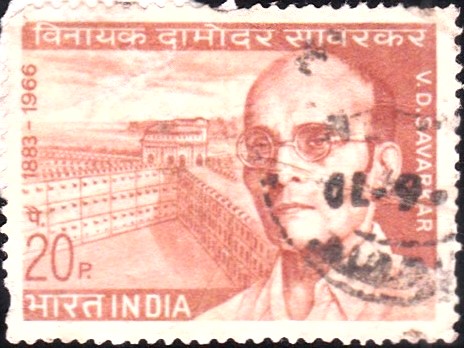
Vinayak Damodar Savarkar
A commemorative postage stamp on the Birth Anniversary of Swatantryaveer V. D. Savarkar, an Indian freedom fighter, lawyer, writer, leader of Hindu Mahasabha and formulator of Hindutva philosophy :
 Issued by India
Issued by India
Issued on May 28, 1970
Issued for : The P.&T. Department is proud to celebrate the memory of this great son of India by issuing a special commemorative stamp in his honour.
Description of Design : The design of the stamp is horizontal and depicts a portrait of V. D. Savarkar alongwith a picture of Cellular Jail at Port Blair in the background.
Type : Stamp, Postal Used
Colour : Burnt Sienna
Denomination : 20 Paise
Overall Size : 3.91 x 2.90 cms.
Printing Size : 3.56 x 2.54 cms.
Perforation : 13 x 13
Watermark : Printed on unwatermarked Adhesive stamp paper
Number Printed : 30,00,000
Number per issue Sheet : 35
Printing Process : Photogravure
Designed and Printed at : India Security Press
Name : Vinayak Damodar Savarkar
Born on May 28, 1883 at Bhagur, Nasik district, Bombay Presidency, British India
Died on Feb 26, 1966 at Bombay, Maharashtra, India
About :
- The life of Vinayak Damodar Savarkar is a story of resistance, strife, struggle, suffering and sacrifice for the cause of political, social and economic emancipation of India. V.D. Savarkar was born on 28th May, 1883 at Bhagur a village near Nasik, in a family of Chitpavan Brahmins, a community which has produced noted revolutionaries like Nana Sahib (of 1857 fame) and Lokmanya Tilak.
- Savarkar matriculated from Nasik and went to Poona where he joined the Fergusson College. There, he formed a group of students, who vowed themselves to a spartan way of life in the cause of the country’s freedom.
- In 1904, Savarkar, still an under-graduate, convened a meeting of nearly 200 of his trusted comrades and founded the “Abhinav Bharat” – an organisation dedicated to wresting freedom from the British rulers, if necessary with the use of arms. After graduation in 1905, he studied law in Bombay. The following year, Savarkar went to London to study law on a scholarship on the recommendation, among others of Lokmanya Tilak and in due course, was admitted in Gray’s Inn. Soon, the young revolutionary started the “Free India Society” in London as a recruiting ground for his secret organisation, the “Abhinav Bharat” and enrolled a number of Indians including Madame Cama.
- Repression in India continued to agitate the minds of the members of the “Abhinav Bharat” and on July 1, 1909, one of the members, Madan Lal Dhingra shot and killed Curzon Wyllie in the hall of the Imperial Institute. This incident shook London and Savarkar came under suspicion. As a result, when he passed the final examination of the Gray’s Inn, the benchers of the Inn declined to confer the degree upon Savarkar, unless Savarkar gave a written understanding that he would not participate in politics. Savarkar rejected the offer.
- In London, Savarkar, wrote a book entitled the “First War of Independence” about the 1857 revolution. This book was promptly confiscated by the Government even before its publication. Later, Veer Savarkar was arrested in London in 1910 in connection with the Nasik Conspiracy Case. When he was being taken by ship to India for trial, off Marseilles, Savarkar jumped into the sea and swam to the French coast braving the firing from the ship. He was arrested at Marseilles by the British Police. The French Government protested against this arrest on French soil to the Hague International Court. This brought Veer Savarkar and other Indian freedom fighters to prominence throughout the world.
- Savarkar was tried for sedition in 1910 at Bombay and was sentenced to double transportation for life totalling about 50 years of rigorous imprisonment. He was lodged in the Cellular Jail in the Andamans where he spent 12 long years of hard labour. This did not, in any way, dampen his spirit or quench his thirst for freedom.
- Veer Savarkar was brought to Ratnagiri in 1924 and was interned there till 1937. After his release in 1937, he joined the Hindu Mahasabha. He was the President of Hindu Mahasabha for about seven years. Veer Savarkar worked relentlessly for the removal of untouchability through the Hindu Mahasabha. He built a temple called “Patit–Pawan Mandir” and appointed a ‘harijan‘ as the priest in attendance.
- When the British Government was holding talks with the Indian political leaders, Veer Savarkar had participated on behalf of the Hindu Mahasabha in the discussions connected with the Cripps Mission and Wavell Plan and stressed the need for keeping India united. Veer Savarkar was the happiest man when India achieved freedom in 1947. In 1951, he dissolved the revolutionary organisation “Abhinav Bharat” and devoted his time and energy for the ideals of the Hindu Mahasabha.
- On February 26, 1966, Veer Savarkar passed away at the ripe old age of 83. His memory will always remain green in the hearts of his countrymen, and he will always be counted among the great men of his generation.


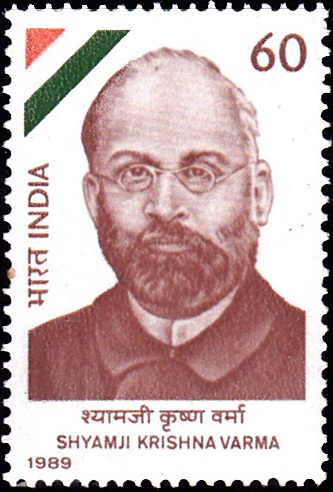
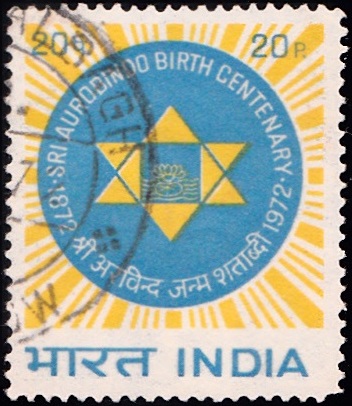
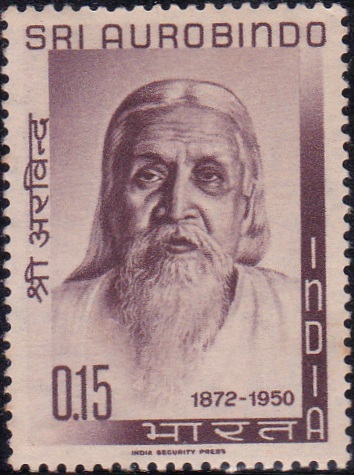
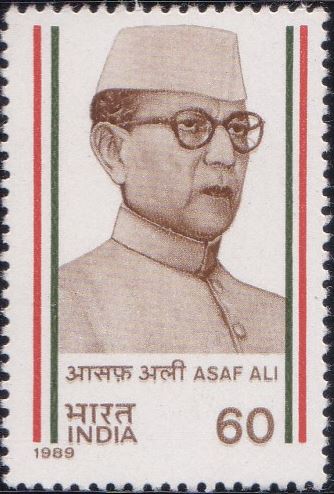
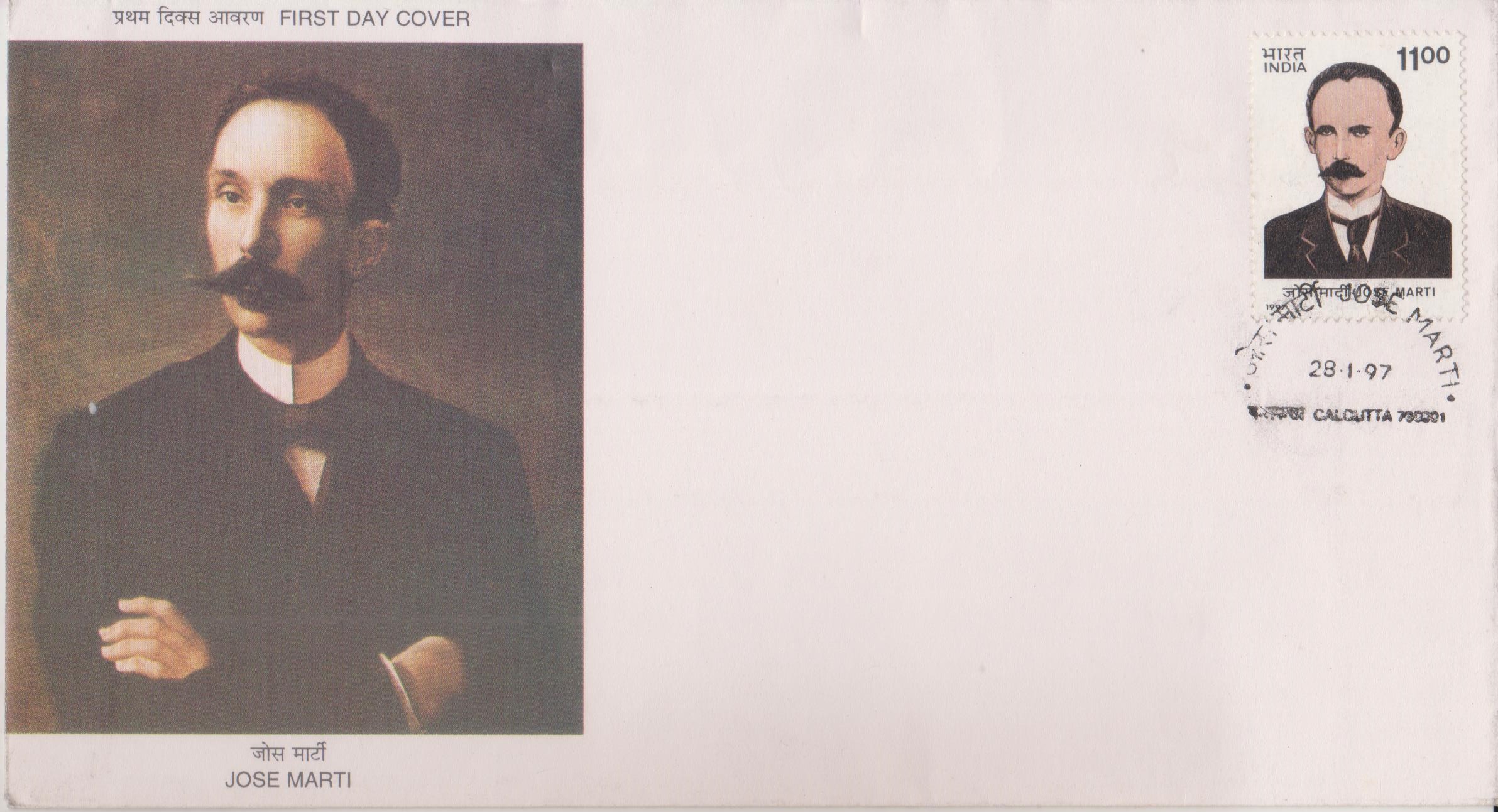
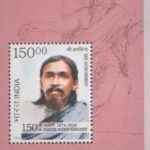
[…] distinguished alumni of the College include Veer Savarkar, Acharya Kripalani, Ram Ganesh Gadkari, Shri Kakasaheb Kalelkar, Shri H. V. Pataskar, Shri N. V. […]
[…] he went to England to do a course in engineering. While studying in London, he came in contact with V.D. Savarkar and even stayed for some time in the “India House”. He was mostly a silent listener. He […]
[…] and others sent there after 1910 on conviction for participation in the Manicktollah Conspiracy. Vir Savarkar was sent in 1910 with sentence of transportation for life. Other freedom fighters who were […]
[…] written by Veer Wamanarao Joshi and ‘Sanyasta–Khadga‘, written by Swatantryaveer Savarkar. Some of the patriotic songs penned in those plays sung with a touching fervour by Shri Dinanath […]
[…] version of the tricolor was developed in the year 1907 by Madam Bhikaji Cama, Veer Savarkar and Shyamji Krishna Varma. This flag had three bands – green at the top, saffron in the middle, […]